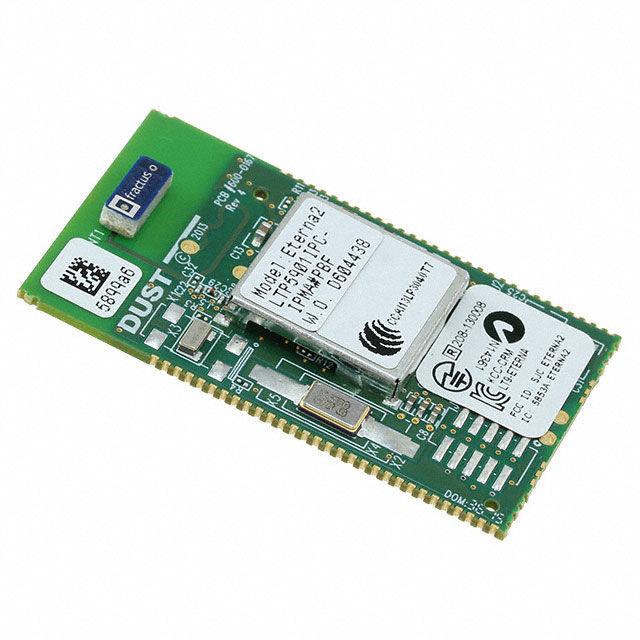What Are Abrasive Discs and Why Are They Essential for Surface Preparation?
- joddiemarshall6
- Sep 25
- 4 min read
Abrasive discs are indispensable tools in industrial and DIY surface preparation tasks. Designed to grind, polish, clean, or cut various materials, these discs come in multiple forms and configurations tailored for specific applications. Whether you’re working with metal, wood, stone, or composites, abrasive discs deliver precision and efficiency when used with the right tools.
These discs are built from abrasive grains bonded to a backing material, enabling them to remove material through friction. They’re widely used across construction, automotive repair, manufacturing, and metalworking sectors for smoothing surfaces, removing rust or paint, and preparing surfaces for coating.
How Do Abrasive Discs Work?
The working principle behind abrasive discs is based on controlled material removal. As the disc rotates at high speeds, the embedded abrasive grains cut into the work surface. The nature of this interaction depends on:
Abrasive type (e.g. aluminium oxide, zirconia, ceramic)
Disc structure (grit size, bond type, backing material)
Tool compatibility (angle grinders, die grinders, orbital sanders)
Each disc type is engineered for a specific cutting rate, durability, and heat resistance, thereby optimising performance and finish quality.
What Are the Main Types of Abrasive Discs?
Different tasks require different types of abrasive discs. Here are some commonly used ones:
Flap Discs
Constructed with overlapping abrasive flaps
Offer a smooth finish while removing material
Ideal for metal polishing, deburring, and weld blending
Cutting Discs
Thin, reinforced discs for slicing through materials
Commonly used for cutting metal pipes, rods, or sheet
Provide high-speed performance with minimal burring
Grinding Discs
Thicker and heavier than cutting discs
Designed to remove excess material quickly
Perfect for surface levelling or weld grinding
Fiber Discs
Resin-bonded discs on a fibre backing
Excellent for high-pressure grinding
Used on metals, wood, and composites
Sanding Discs
Available with different grit levels for fine finishing
Often used on orbital sanders for wood or paint prep
Allow precise surface levelling and smoothing
Where Are Abrasive Discs Commonly Used?
Abrasive discs are found in various industries and job sites where surface treatment is critical. Their primary applications include:
Metal fabrication: grinding welds, shaping parts, removing corrosion
Woodworking: sanding surfaces, shaping edges, prepping for paint
Automotive repair: body panel prep, paint stripping, rust removal
Construction: concrete edge shaping, tile trimming, surface prep
Electronics and tool repair: deburring precision components
The adaptability of abrasive discs makes them essential for both rough stock removal and precision finishing tasks.
What Factors Should You Consider When Choosing an Abrasive Disc?
To achieve maximum efficiency and finish quality, selecting the right abrasive disc is crucial. Consider the following factors:
Material Compatibility
Use aluminium oxide for general-purpose metal grinding
Choose ceramic or zirconia for stainless steel or hard metals
Opt for silicon carbide for stone, glass, or non-ferrous metals
Grit Size
Coarse grit (24–60) for rapid stock removal
Medium grit (80–120) for intermediate smoothing
Fine grit (150–400) for polishing and finishing
Disc Diameter and Thickness
Match the disc size to your tool’s capacity
Thicker discs offer durability, thinner ones offer precision
Bond Type and Heat Resistance
Resin bonds are flexible and handle heat well
Vitrified bonds offer rigidity for heavy-duty tasks
Backing Material
Paper and cloth backings offer flexibility
Fibre and film backings provide durability and stability
How to Maximise the Lifespan of Abrasive Discs?
Proper handling and usage can significantly extend the working life of abrasive discs:
Avoid overheating the disc by applying consistent pressure
Use the correct angle during grinding or cutting
Store discs in dry, cool environments to prevent material degradation
Clean regularly if reusing to remove debris or buildup
Replace worn discs immediately to maintain safety and performance
Routine inspection ensures not only efficiency but also workplace safety during high-speed operations.
What Safety Precautions Should You Follow While Using Abrasive Discs?
Abrasive discs operate at high RPMs, and incorrect handling can lead to accidents. Always prioritise safety:
Wear face shields, gloves, and safety goggles
Ensure tool guards are in place and functional
Use discs rated for your tool’s speed
Inspect for cracks or defects before installation
Maintain a clean workspace to avoid tripping or contact injuries
Adopting these practices protects users from sparks, flying debris, and tool kickbacks.
Why Are Abrasive Discs Important in Industrial Manufacturing?
Abrasive discs are vital to precision manufacturing. They contribute to:
Improved component longevity through smoother finishes
Faster production cycles with high material removal rates
Lower labour costs through efficient performance
Better adhesion for paints, coatings, and adhesives
Enhanced product quality with defect-free surfaces
From aerospace to electronics, the role of abrasive discs in delivering high-tolerance surfaces is unmatched.
What Trends Are Shaping the Future of Abrasive Discs?
Innovations in abrasive technology are transforming how these discs are used:
Nano-abrasive grains deliver ultra-fine finishes with longer life
Eco-friendly materials reduce environmental impact during production
Innovative abrasive tools integrate sensors for monitoring performance
Hybrid discs combine cutting and grinding functions for multi-step tasks
These advancements align with modern demands for precision, sustainability, and digital integration in industrial processes.
Conclusion
Abrasive discs are not just accessories; they are powerful tools that shape, cut, polish, and prepare surfaces across countless industries. Whether you’re refining metal components or sanding wood furniture, choosing the right abrasive disc makes a tangible difference in efficiency and finish quality.
Understanding the types, materials, safety measures, and performance considerations allows professionals and DIYers alike to harness the full potential of these rotating workhorses. As the industry evolves, abrasive discs continue to drive productivity, quality, and innovation in surface treatment operations.



Comments